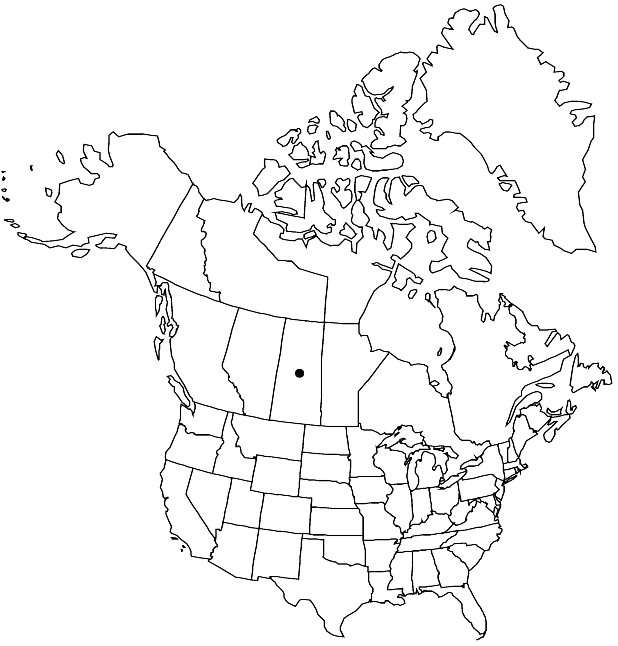Difference between revisions of "Salix brachycarpa var. psammophila"
J. Arnold Arbor. 17: 230, plate 191. 1936.
FNA>Volume Importer |
imported>Volume Importer |
||
| (5 intermediate revisions by 2 users not shown) | |||
| Line 38: | Line 38: | ||
-->{{#Taxon: | -->{{#Taxon: | ||
name=Salix brachycarpa var. psammophila | name=Salix brachycarpa var. psammophila | ||
| − | |||
|authority=Raup | |authority=Raup | ||
|rank=variety | |rank=variety | ||
| Line 53: | Line 52: | ||
|publication year=1936 | |publication year=1936 | ||
|special status= | |special status= | ||
| − | |source xml=https:// | + | |source xml=https://bitbucket.org/aafc-mbb/fna-data-curation/src/2e0870ddd59836b60bcf96646a41e87ea5a5943a/coarse_grained_fna_xml/V7/V7_95.xml |
|genus=Salix | |genus=Salix | ||
|subgenus=Salix subg. Chamaetia | |subgenus=Salix subg. Chamaetia | ||
Latest revision as of 22:37, 5 November 2020
Stems: branches densely villous; branchlets very densely woolly, villous, or long-silky. Leaves: petiole 0.8–4 mm, (densely villous to long-silky adaxially); largest medial blade oblong, elliptic to ovate, 15–34 × 7.5–19 mm, 1.4–2.6 times as long as wide, base subcordate, cordate, or convex, apex rounded or convex, abaxial surface very densely woolly, villous, or long-silky, adaxial moderately densely villous or long-silky. Catkins: staminate 9.5–24 × 6–10 mm, flowering branchlet 2–24(–43 in later-flowering plants) mm; pistillate stout or subglobose, 18–28.5 × 7–14 mm, flowering branchlet 4–8 mm; floral bract tawny or greenish, 1.2–2.4 mm. Staminate flowers: abaxial nectary (0–)0.9–1.5 mm, adaxial nectary 0.5–2 mm; filaments distinct, hairy throughout or on proximal 1/2; anthers (yellow), ellipsoid or shortly cylindrical, 0.5–0.8 mm. Pistillate flowers: abaxial nectary 0.3–0.6 mm, adaxial nectary narrowly oblong or ovate (with slender tips), 0.8–1.8 mm; stipe 0–0.2 mm; ovules 8–10 per ovary; styles 0.4–1.2 mm. Capsules 4.5–6.5 mm.
Phenology: Flowering late Jun-early Aug.
Habitat: Open sand dunes
Elevation: 200-300 m
Discussion
Of conservation concern.
Previously, I (G. W. Argus 1965) did not recognize var. psammophila, but field experience showed that this sand dune endemic deserves formal taxonomic status. It is mainly characterized by very dense hairiness and slightly broader leaf blades. Salix brachycarpa var. psammophila is found only on Lake Athabasca sand dunes.
Hybrids:
Variety psammophila forms natural hybrids with Salix pyrifolia, S. silicicola, and S. turnorii. All of these taxa occur together in the sand dunes at Lake Athabasca in northwestern Saskatchewan.
Variety psammophila × Salix pyrifolia resembles S. pyrifolia in its reddish petioles and midribs, margins somewhat toothed, styles 0.4 mm, and stipes 0.4–1.1 mm; and S. brachycarpa var. psammophila in its sparsely hairy branches, branchlets, and ovaries.
Variety psammophila × Salix turnorii (S. ×brachypurpurea B. Boivin) resembles var. psammophila in floral bracts tawny, petioles relatively very short, and branchlets and juvenile leaves very densely long-silky; and S. turnorii in leaves amphistomatous, leaf margins serrulate, and branches yellow-brown. It is intermediate in ovaries varying from moderately densely hairy to glabrescent. The hybrids appear to be infertile (G. W. Argus 1965).
Selected References
None.
